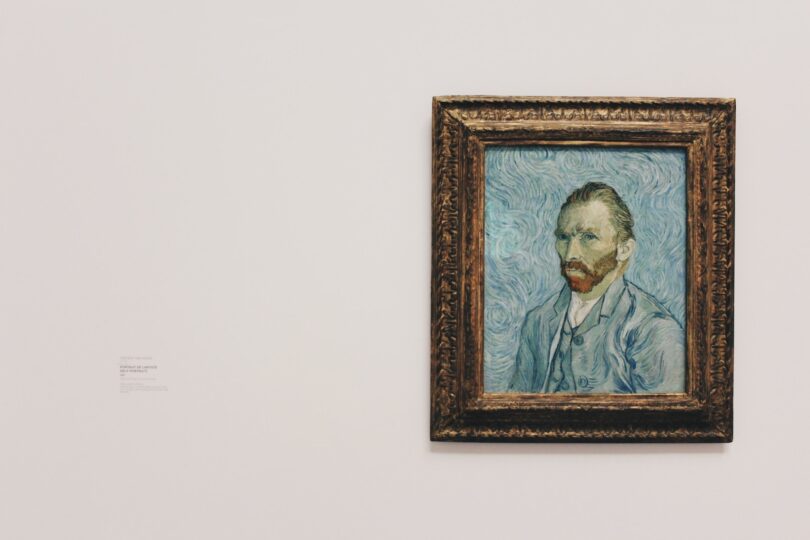Art has been an important part of human culture and history since ancient times, and it continues to be a vital form of expression and communication. Introducing children to a wide variety of art can be an effective way to broaden their understanding and appreciation of the world around them. Coloring books can be a fun and engaging tool for introducing kids to different styles and techniques of art.
When selecting coloring books to introduce children to art, it’s important to consider their age, interests, and skill level. For younger children, coloring books with simple illustrations or abstract art can be suitable, while older children may prefer coloring books featuring reproductions of paintings or sculptures. Focusing on a specific artist or style can help provide a more focused and cohesive learning experience for children.
Coloring books can provide a starting point for discussing different aspects of art with children. For example, a coloring book featuring works by Vincent Van Gogh can be used to discuss the impressionist movement and its influence on art and culture. Encouraging children to ask questions and express their thoughts and opinions about the art they are coloring can help foster a deeper understanding and appreciation of art. Children can learn about different styles, techniques, and cultural influences that shaped the art they are coloring, which can help them develop a more nuanced understanding of the world.
While coloring books featuring art are great for introducing children to different styles and techniques, it’s also essential to encourage creativity and experimentation. Children should be encouraged to use different colors and try out different techniques when coloring. This can help to foster a sense of artistic exploration and creativity, which can be valuable for their overall development. Coloring books can provide children with a safe and low-pressure environment to experiment with different styles and techniques, which can help to build their confidence and inspire their creativity.
In addition to using coloring books, visiting museums and galleries can provide a more immersive and interactive learning experience for children. Seeing art in person can help to deepen their understanding and appreciation of different styles and techniques and can inspire their own creativity. Parents and educators can use museum visits as an opportunity to encourage children to discuss the art they see, ask questions, and express their thoughts and opinions.
By exposing children to a diverse range of art, parents and educators can help to broaden their perspective and encourage them to think critically about the world around them and by fostering a love for art, we can help them to develop their creativity and self-expression. By providing them with these opportunities, we can help to broaden their perspective, encourage their curiosity, and inspire their creativity.

